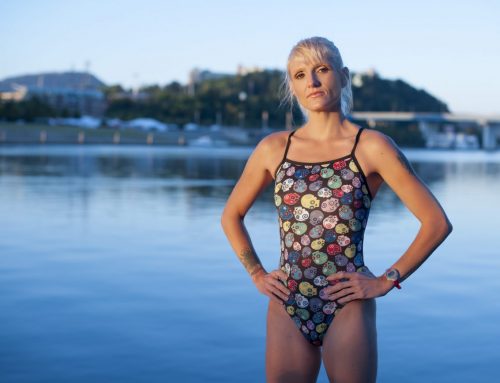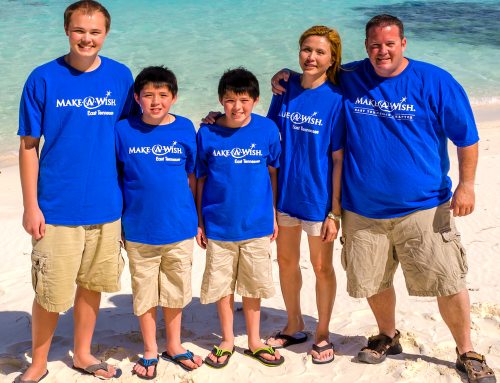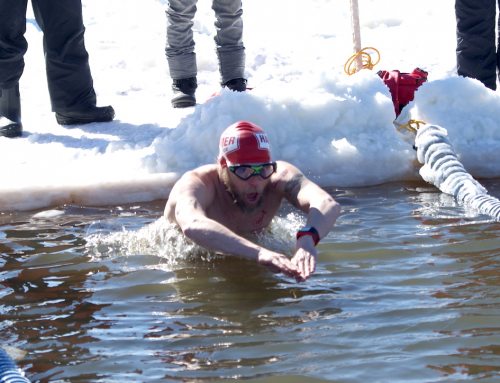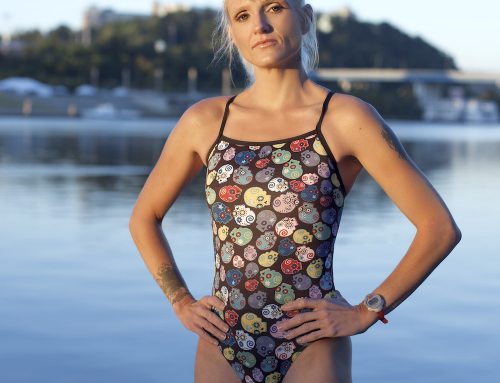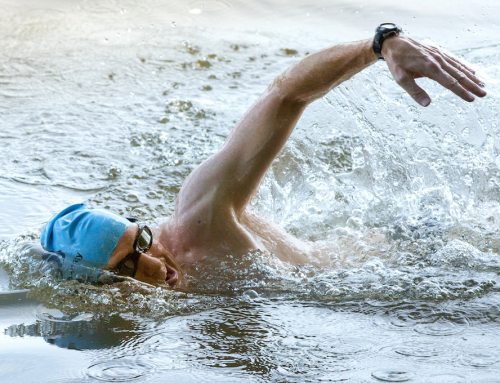Jason Harloff, PT, MSPT, LAT, ATC
Every year about this time, we start to see the effects of improper stroke mechanics in our multisport athletes and swimmers. Improper stroke mechanics can result from a variety of sources. Once such source stems from the fact that the human body is extremely efficient and finds ways to compensate for joint and soft tissue restrictions. Another factor occurs when we force our bodies to move through less than optimal movement patterns and is especially common in the sport of swimming. Each stroke has its own common compensations. For the benefit of multisport athletes this article will address freestyle and the common problems associated with it.
As with any sport, proper warm up including stretching should be an integral component whether training or racing. The major muscle groups to address include the hip flexors, hamstrings, calves, triceps, lat’s, and pec’s. Joint mobility is also essential in performance and for the swimmer the shoulder joint is most often involved. Particularly, the posterior capsule of the shoulder needs to be addressed in order to allow for optimal glenohumeral motion during stroke technique. Figure A and Figure B are two ways to effectively stretch the posterior capsule of the shoulder. With both techniques, it is essential that the athlete drop the shoulder blade in order to stretch appropriately and avoid shoulder impingement positions.
Multisport and swimming athletes should also be on a good scapular strengthening program which targets the muscles between the shoulder blades. Muscular weakness in this region also creates additional stress through the shoulder joint and can be a cause for problems. A goal for a strength and stabilization program would be to strive for symmetry between left and right sides as well as opposing muscle groups (i.e. pec’s to scapular stabilizers). Another region that is important for the sport of swimming is the core. Performing core exercises in various positions (i.e. supine, prone, kneeling, standing) is essential in developing a solid foundation for your core.
Physical Therapists are the professionals that athletes should seek if there are joint or soft tissue restrictions as these restrictions lead to imbalances in strength and flexibility which ultimately lead to compensations and faulty movement patterns. These problems are what keep athletes out of training and competition so addressing these issues early is imperative.
Once athletes are properly warmed up and have an established program that addresses core and scapular stabilization at a minimum the stroke technique itself is the next potential source for problems. The freestyle stroke is not only the most common stroke but it also has some of the most variations amongst swimmers with respect to technique. Some common problems associated with freestyle include the following:
1. Rotating the head too far when breathing
2. Breathing to only one side
3. Inefficient kick or even the lack of a kick
4. Failing to keep the head straight
5. Flat arm recovery and failing to finish your stroke
When the head rotates too far, the shoulders and body follow creating too much rotation and a less efficient stroke. Breathing to both sides helps create symmetry between the left and right sides of the neck musculature as well as helps athletes see both sides of their environment which is essential for open water swims. The kick in freestyle helps to keep the body righted and moving forward when swimming. It also works to stabilize the hip during the pull phase of the stroke. One of the main reasons a swimmer becomes inefficient in the water is when their body goes through too much motion and fails to keep the head steady and straight. The body naturally follows the motion of the head therefore it is essential to keep the head still during freestyle. Finishing the pull at the end of the pull phase is a common fault that prevents the swimmer from getting the maximum amount of water displaced in order to move the body forward in the water. Finally, during the recovery phase of the arm stroke, if a swimmer keeps the arm straight vs. bending it at the elbow they are predisposing themselves to possible impingement due to the anatomical nature of the shoulder joint.
Regardless of your skill and level of performance, all multisport athletes can improve their swimming efficiency and prevent injuries by addressing their core, scapular stabilizers, warming up properly with flexibility exercises and trying to improve their stroke technique. If you think you need additional help in the areas of soft tissue and joint imbalance or stroke technique, there are professionals out there with the knowledge that can help you or point you in the right direction. Waiting until a problem resolves on its own is not ideal in order to keep you training and competing.
# # #
Mr. Harloff is the co-owner of Sports & More Physical Therapy. He is dually licensed as a physical therapist and certified athletic trainer. He was a collegiate swimmer and currently participates in triathlons and coaches swimming in the summer months.
Figure A.

Figure B.



